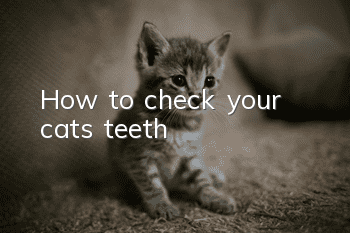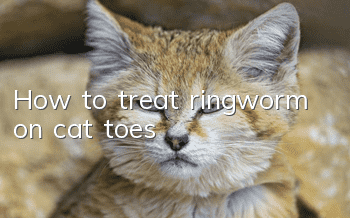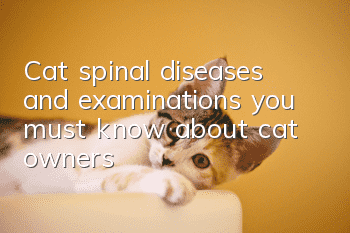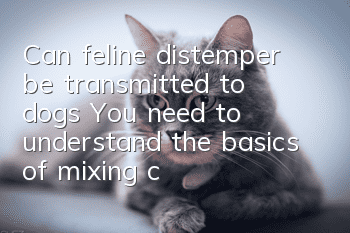How to check your cat's teeth?

Often when we take a cat to the hospital the cat has stopped eating, and most cats will have dental disease at some point in their lives. If caught early, treatment can be simple and effective. Why don’t we take some time to check their teeth in advance?
You should be extremely careful when examining your cat's teeth. Never put your fingers in your pet's mouth. Brushing your cat's teeth is easy if you brush them regularly. If you've never brushed your cat's teeth, here are two methods:
1. When they sit quietly, gently lift the skin of the mouth and you can see the teeth. Pay attention to the color of the gums and whether there are any signs of tooth cracks. Looking from one side to the other, although you won't be able to see the entire mouth, you will get a rough look at the overall situation.
2. You can also offer them some form of chewing and then try to look at the teeth, paying attention to gum color, any cracked teeth, etc. Also look at one side first and then the other.
What are the signs of a problem?
· Red gums
·Gingival recession
· Bleeding gums
·Plaque and calculus
· Broken or shaking
· Swelling of the gums around some teeth
What are the specific symptoms?
· Red gums - Cats are particularly susceptible to a condition called gingivitis (inflammation of the gums). This is easy to spot as the main symptom of this disease is redness of the gums - usually along the edges of the gums where they connect to the teeth. Gingivitis itself is not the most serious condition, but if it continues to progress, it can lead to a more serious condition.
· Gum recession - Gum recession (where the gums move downward from the surface of the crown) is not uncommon, so the root of the tooth is exposed, and can usually be treated successfully if caught at this stage.
· Bleeding gums - This is often the next stage in the progression of gum disease after gingivitis and gum recession. Without treatment at this stage, serious dental disease is almost certain. This is both painful for your cat and expensive to treat.
· Plaque and tartar - This can hide a lot of problems, and if a cat has plaque and tartar then there is a chance of significant tooth decay developing underneath.
· Broken or loose teeth - Just like people, we need to see a dentist immediately if our teeth are broken, and the same goes for cats.
· Swelling of the gums around some teeth - this could be a potential abscess, which is often very painful and can lead to tooth loss or even spread to other parts of the body.
These examinations are not meant to replace going to the veterinarian, but they do help you determine the normal state of your cat’s teeth. If there is a problem, we need to take them to the animal hospital for treatment immediately.
- What is missing from cats with pica? Preventing pica is better than curing it
- Is cat plague fatal?
- What should Bombay cats eat if they vomit?
- Does the orange cat recognize its owner?
- Why do many people say that fold-eared cats are difficult to raise?
- Can cats eat fried chicken skin?
- Can cats eat the kind of fish that humans eat?
- Are kittens born from close relatives necessarily unhealthy?
- The cat has white fleshy patches on its body
- What does catnip do to cats?



